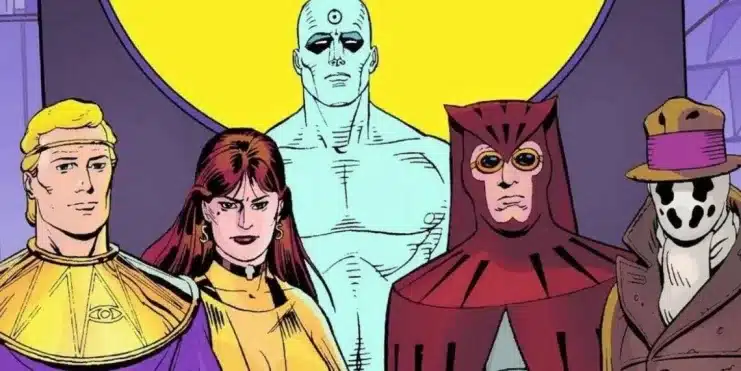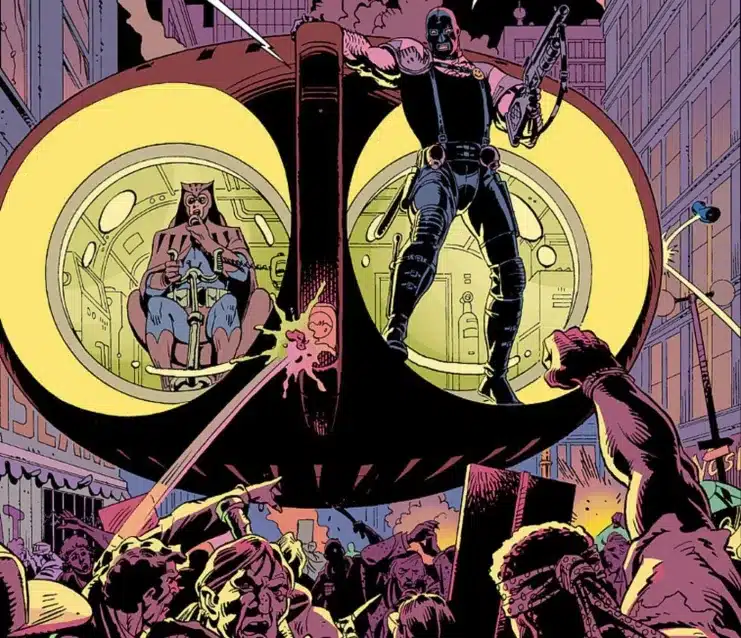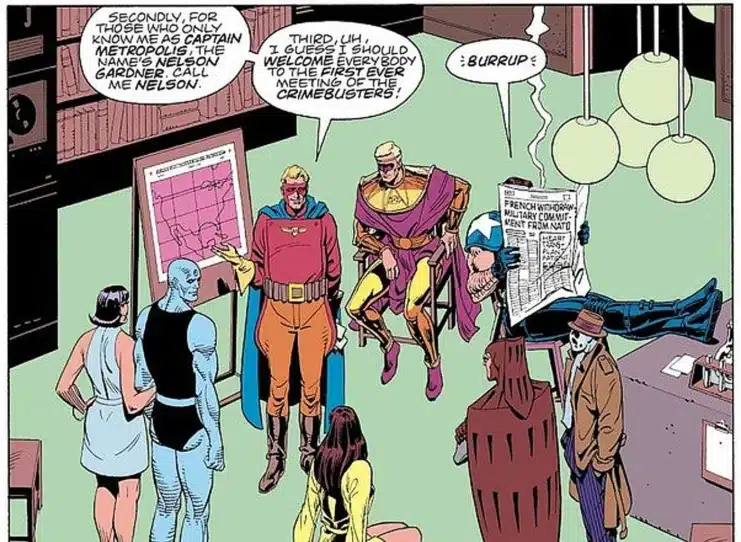Eccentric writer Alan Moore demonstrates the power that each character in the iconic comic represents in a glowing speech.
In the wider comics universe, series such as Watchmen have sparked much conversation, analysis and debate that have revolutionized the concept of superheroes and forced us to look beyond capes and masks. Alan Moore, the architect of this great work, takes us on an odyssey that is, in his own words, “a total meditation on power.”
But what makes this work unique, different from the masked superhero stories we’ve read before? The answer lies in the depth with which Moore and his team explore the nature of power through their characters, each of whom represents different influences and powers.

A view of power and influence
From the first page, Watchmen sets itself apart from other superhero narratives. Here we don’t have power figures fighting evil on one side. Instead, Moore presents us with a complex cast of characters, each embodying a different aspect of power and its implications. A series of questions is not only who seeks power or who wields it, but also the effect it has on the dispossessed themselves.
Moore, in an interview with the BBC for the Comics Britannia documentary series, shared the vision behind the creation of the Guardians characters. “We were thinking about how each of these characters represented different types of energy,” Moore explained. This insight led the plot to deeper questions about power and the influence of coercion, not just informed behavior.
A new light on the genre
What sets Watchmen apart from other stories is Moore’s ability to give new perspectives on familiar characters. By bringing subtextual questions to the surface of the text, Moore changed not only the way superhero stories were told, but the way readers and the industry as a whole thought about these characters.


In a conversation with ScreenRant, Moore delves into how superheroes reflect fascist ideals, questioning pop culture and its fascination with omnipotent authorities. This critical approach is evident not only in superheroes, but also in Watchmen, which shows the tension of a possible nuclear conflict between the world’s superpowers.
A new perspective on ancient artifacts
By looking at these characters from a new perspective, Moore allows us to see truths in nature since their creation. Political and sexual connotations, previously subtext, now become integral parts of the narrative. This reinvention not only adds literary and visual richness to the work, but solidifies it as a key element in the evolution of comics.
Moore, despite his complicated relationship with the comics industry in recent years, remains generous with his commentary and advice for great writers. His involvement in Comics Britannia and online courses such as BBC Maestro demonstrate his commitment to storytelling. The Story of Spectators is not just a one-time work, but an invitation to return again and again, revealing a new meditation on power with each visit.


In this popular comic, Moore challenges us to reflect on power not only in the context of superheroes, but in our own world. The series, with its complex characters and complex plots, provides us with a mirror into our own struggles with power, influence and control. In this sense, one of his works transcends the heroic genre to become a fundamental exploration of human nature and the eternal dilemma of power.
